The Strategies, Effectiveness and Differences in Family Counseling and Family Intervention

Situations which affect a family unit can be devastating and over-arching. Frequently, the conflict or problem, such as a mental health issue or a situation involving addiction, doesn’t remain an isolated event. It bleeds into the lives of all family members and generally puts a lot of strain on the strength and health of family life itself.
To promote the health of the family unit and to ease the burden on both those struggling with the addiction/mental health condition/trauma and the loved ones of said individual, many treatment centers offer both family counseling and/or family interventions.
Family Counseling
Generally speaking, family counseling can help improve communication between family members and promote a healthier family unit. It is an effective tool when the family is undergoing a loss and needs assistance coping with and understanding grief, suffered a traumatic event, is experiencing stress due to financial or marital problems or is victim to the repercussions of a family member suffering from a mental illness or drug addiction.
Family counseling is done through the understanding that the problem at hand is upsetting the family dynamic and therefore needs to be addressed in the context of the family.
There are four common types of family therapy:
- Bowenian, where the individual doesn’t want to involve other members of the family and prefers to speak with an uninvolved third party to de-stress and learn how to refrain from reacting emotionally in familial situations.
- Structural, where the therapist takes an active role in observing the family dynamics; they help restructure and strengthen the family by clarifying and defining the roles of the family (the parents in control, the children respect their authority) and healthy boundaries are put in place to promote a better understanding of expectations.
- Systemic, where the therapist takes a bit of a backseat role and allows the family to communicate with each other in order to better understand the less obvious meanings behind each others’ words and behaviors.
- Strategic, where the therapist actively assesses and adjusts the way the family interacts and makes necessary changes to promote healthy communication and decision-making from all family members, even those less inclined to communicate because of a supposed lack of power.
Regardless of the method used in family counseling, the main goal is to heal the issue impeding healthy family life. It gives family members the tools needed to communicate their needs effectively, to compassionately consider the needs of each other, to better understand each others’ mental states and to learn coping mechanisms which bring the family closer as a whole unit.
Family Interventions
While family counseling can be used when an individual is struggling with an addiction, the difference between family counseling and family intervention is that family intervention focuses heavily on families who are having difficulty getting said loved one to treatment.
A family with an individual undergoing addiction recovery has a lot to deal with, but a family with a loved one refusing addiction treatment experiences an even deeper kind of pressure. This is why family intervention, or the active participation of the family in helping to get their loved one to treatment, is so effective.
One of the most effective methods of family intervention is the CRAFT (The Community Reinforcement and Family Training Intervention Model) method, whereby the family is trained in behaviors that motivate the individual towards treatment.
CRAFT’s three practices in which the family receives training are:
- Ignoring drug and alcohol use and behaviors
- Positively reinforcing healthy behaviors (i.e. rewarding behaviors that point towards recovery/healthy living, like praising the individual’s refusal to hang out with friends known for substance abuse)
- Not enabling negative behaviors (refusing to give money for rent when the individual spent all their rent money on alcohol/drugs) and allowing the individual to experience the natural consequences of their addiction
The main goals of CRAFT, which have seen a success rate twice as high as other methods include:
- Improving the lives of the Concerned Significant Others (CSOs – family members or loved ones of the individual struggling from addiction)
- Reducing the harmful behaviors of the Identified Patient (IP – the individual battling the addiction)
- Encouraging the Identified Patient to seek treatment
Many individuals who have successfully gone through substance abuse and addiction treatment, they’ve commented on the positive impact of their loved ones in getting them to treatment. The family intervention method of CRAFT helps more and more clients, both CSOs and IPs alike, to receive counseling and treatment that aid in the recovery and strengthening of the family unit as a whole.
Help for your family today
When it comes to family counseling versus family intervention, it depends heavily on the recommendations of a therapist and the situation in which the family finds itself. Neither method is better than the other, rather, they’re geared toward different struggles families might face, yet are equally effective in encouraging families to take the right steps towards communication and healing.
To talk with a family counselor today, contact Pyramid Healthcare at 301-997-1300.



